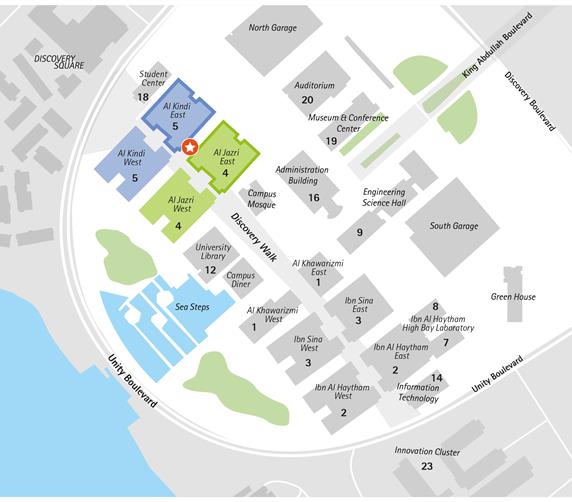Nov 2025
Ultra-thin, Wireless and Flexible Sensors for Smart Structures
-(1).png?sfvrsn=db5ba827_1)
Committee Members Information
- Ph.D. Advisor: Gilles Lubineau
- External Examiner: Ferri Aliabadi
- Committee Chair: Shehab Ahmed
- 4th Committee Member: Eric Feron
Abstract
Wireless, flexible, and multifunctional sensors are transforming how we monitor the health of advanced infrastructures, enabling non-intrusive and real-time diagnostics for civil, aerospace, and mechanical systems. As structural materials become more complex, there is a growing need for ultra-thin, highly sensitive devices that can conform to curved surfaces or be embedded in composites without affecting their integrity.
This thesis develops a series of sensing platforms that address these challenges. First, crack-based capacitive strain sensors were engineered using nanofabrication to control crack propagation in metallic electrodes. This tailoring of crack morphology enhanced the piezoresistive response and achieved extremely high sensitivity, a key factor for passive wireless resonance-based sensing. Recognizing the limitations of nanofabrication for scalability, the research then shifted to fully printed sensors, produced via screen and direct ink writing, providing a cost-effective pathway to large-area deployment.
In parallel, laser-induced graphene (LIG) was investigated as a multifunctional material for temperature sensing. By tuning laser fluence and processing parameters, the Seebeck coefficient of LIG was optimized, enabling flexible thermocouples with improved thermoelectric performance. To further refine strain measurements, a novel capacitive sensing concept based on AC signal attenuation was introduced. This involved designing interdigitated electrodes with variable spacing and geometry to actively tune the capacitive response, improving linearity and performance under mechanical loading.
Finally, an E-tattoo wireless sensor was developed as an ultra-thin, transferable platform. This device can be laminated onto curved or bonded composite structures and demonstrated the ability to monitor both strain and adhesive curing processes in structural joints. Integration with IoT-based wireless interrogation systems enabled real-time monitoring with ultra-low power requirements.
Overall, this work establishes a framework for scalable, conformal, and multifunctional sensors that bring the vision of next-generation smart structural health monitoring systems closer to reality.
Biography
Hassan Mahmoud received the B.S. and M.S. degrees in Mechanical Engineering from Cairo University, Cairo, Egypt in 2017 and 2021 respectively. Currently, he is a PhD candidate in Mechanical Engineering in the Physical Science and Engineering Division at KAUST. His research covers: the design and fabrication of wireless sensors, printed electronics, structural health monitoring, and integrity of composite materials and structures.
